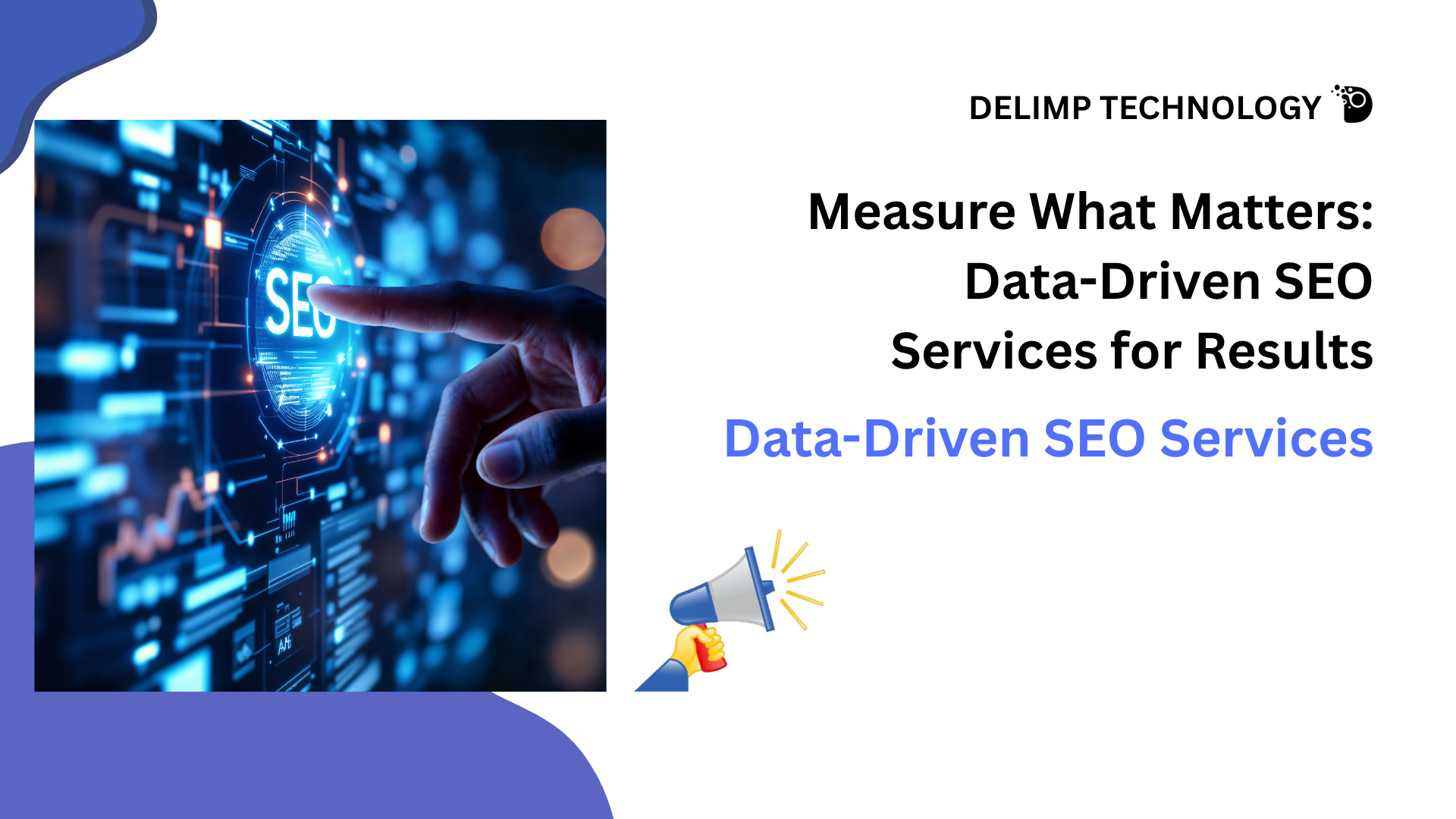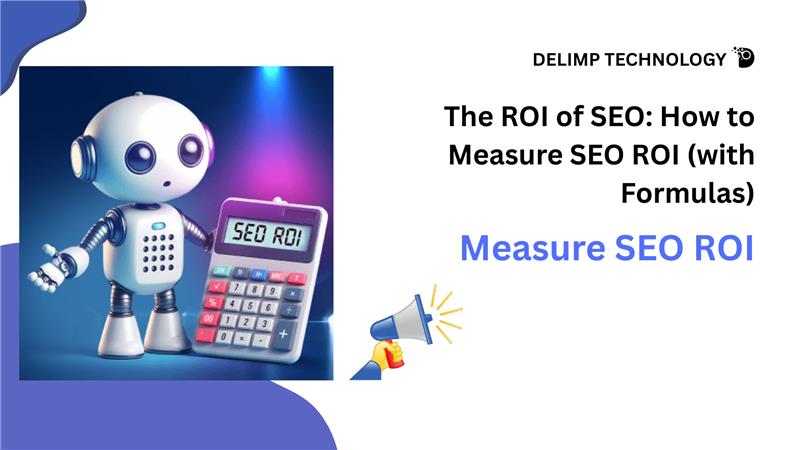In the world of digital marketing, data-driven SEO is reshaping how businesses approach online visibility. Unlike traditional SEO methods that rely on guesswork and generic keyword stuffing, Data-Driven SEO Services focus on insightful analysis. They prioritize strategic execution. It’s not just about ranking. It’s about understanding your audience. It’s about aligning with their intent. It’s about driving meaningful engagement that leads to real results.
Many businesses struggle with ineffective keyword strategies and low engagement rates, often because they rely on surface-level data. They target broad, generic keywords without diving deeper into user behavior and intent. As a result, their content fails to connect, leading to high bounce rates and missed opportunities..
Exploring Data-Driven SEO
Data-driven SEO goes beyond intuition; it’s about making informed decisions backed by measurable insights. Think of your digital strategy as a puzzle. Each piece of keywords, content, backlinks, and technical SEO must fit perfectly. Data provides those missing pieces, revealing what your audience wants and how they behave online.
By using tools like Google Analytics, SEMrush, and Ahrefs, businesses can analyze traffic patterns, user engagement, and competitive trends. This allows for strategic adjustments that ensure better visibility and performance.
Unlike static SEO tactics, data-driven strategies are dynamic. They adapt to changing algorithms and shifting market conditions. For example, an e-commerce brand improved organic traffic by 28% in just six months. They achieved this after using data to target more relevant keywords. Additionally, they optimized on-page content.
The Role of Google Analytics
At the heart of any effective SEO Strategy is Google Analytics. It is a powerful tool that provides an inside look at user interaction with your site. It tracks key metrics like:
- Bounce rates – Are visitors leaving too soon?
- Session duration – How long are users engaging with content?
- Conversion paths – Which pages drive the most conversions?
- Traffic sources – Where are users coming from?
By analyzing this data, you can identify weak spots and replicate success. For example, if certain pages drive high engagement, you can model future content on that structure. If bounce rates are high, you can revise content to better meet user needs.
Analytics also supports technical SEO improvements, like identifying slow-loading pages, mobile usability issues, and site speed concerns. This ensures your site isn’t just discoverable, it’s delightful to use.
Technical SEO and Data Insights
Technical SEO builds the foundation for Search Engine Visibility. Integrating data insights into technical SEO ensures that site architecture supports indexing while delivering a smooth user experience.
Key data-driven technical elements include:
- Site Speed: Use performance metrics to find and fix slow-loading pages.
- Mobile Responsiveness: Analyze device data to optimize mobile experiences.
- Secure Connections (HTTPS): Boost trust and ranking with site security.
- Crawl Errors & Indexing: Identify broken links, optimize XML sitemaps, and ensure proper indexing.
When your technical SEO is backed by data, your website becomes both search-engine friendly and user-centric, a winning combination.
Using Data for Local SEO
Local SEO is critical for businesses targeting specific geographic areas. With data insights, brands can reach nearby customers more effectively.
Start by analyzing local demographics and search trends to understand your audience. Then, optimize your Google My Business listing with accurate details, customer reviews, and relevant keywords. According to Think with Google, 76% of local smartphone searches lead to a business visit within a day. This statistic proves how powerful local visibility can be.
Data also helps enhance mobile experiences and refine local content strategies, ensuring your business stands out in “near me” searches.
Enhancing User Experience with Data
User experience (UX) and SEO are deeply connected. Data reveals how users navigate your site, what they click, how long they stay, and where they drop off.
By analyzing metrics like CTR, session duration, and heatmaps, you can identify pain points in the user journey. After identifying them, you can fix those issues. You can improve navigation or optimize page layouts. Making CTAs more prominent is another option. These small adjustments can significantly boost engagement and conversions.
For example, Vital WorkLife redesigned its site based on data insights and saw major improvements in UX and engagement. This proves that data doesn’t just inform SEO, it enhances the entire digital experience.
A Step-by-Step Data-Driven SEO Strategy
- Comprehensive Keyword Research
Use SEMrush or Ahrefs to identify high-impact, intent-based keywords. - Competitive Analysis
Study competitor strategies to find gaps and opportunities. - On-Page Optimization
Align content with user intent and run regular technical audits. - Content Enhancement
Fill content gaps with high-value, original insights. - Link Building with Data
Target authoritative domains based on data, not guesswork. - Monitor & Adapt
Continuously track performance through Google Analytics and refine your approach.
Bringing It All Together: The Power of Data-Driven SEO
In the crowded digital landscape, guesswork won’t get you ahead. Data-driven SEO turns vague strategies into clear, actionable roadmaps that boost visibility, engagement, and conversions. By analyzing the right metrics, optimizing intelligently, and continually adapting, businesses can secure top rankings and sustainable growth.
Frequently Asked Questions (FAQs)
Q1: How does data help justify SEO investments?
Ans: Data proves ROI by showcasing traffic growth, ranking improvements, and conversions.
Q2: Why is backlink analysis important?
Ans: It improves domain authority, uncovers toxic links, and identifies link-building opportunities.
Q3: How often should strategies be reviewed?
Ans: At least quarterly to stay aligned with algorithm updates and trends.
Q4: How does CRM integration enhance SEO?
Ans: It allows for more personalized content that aligns with customer preferences.





